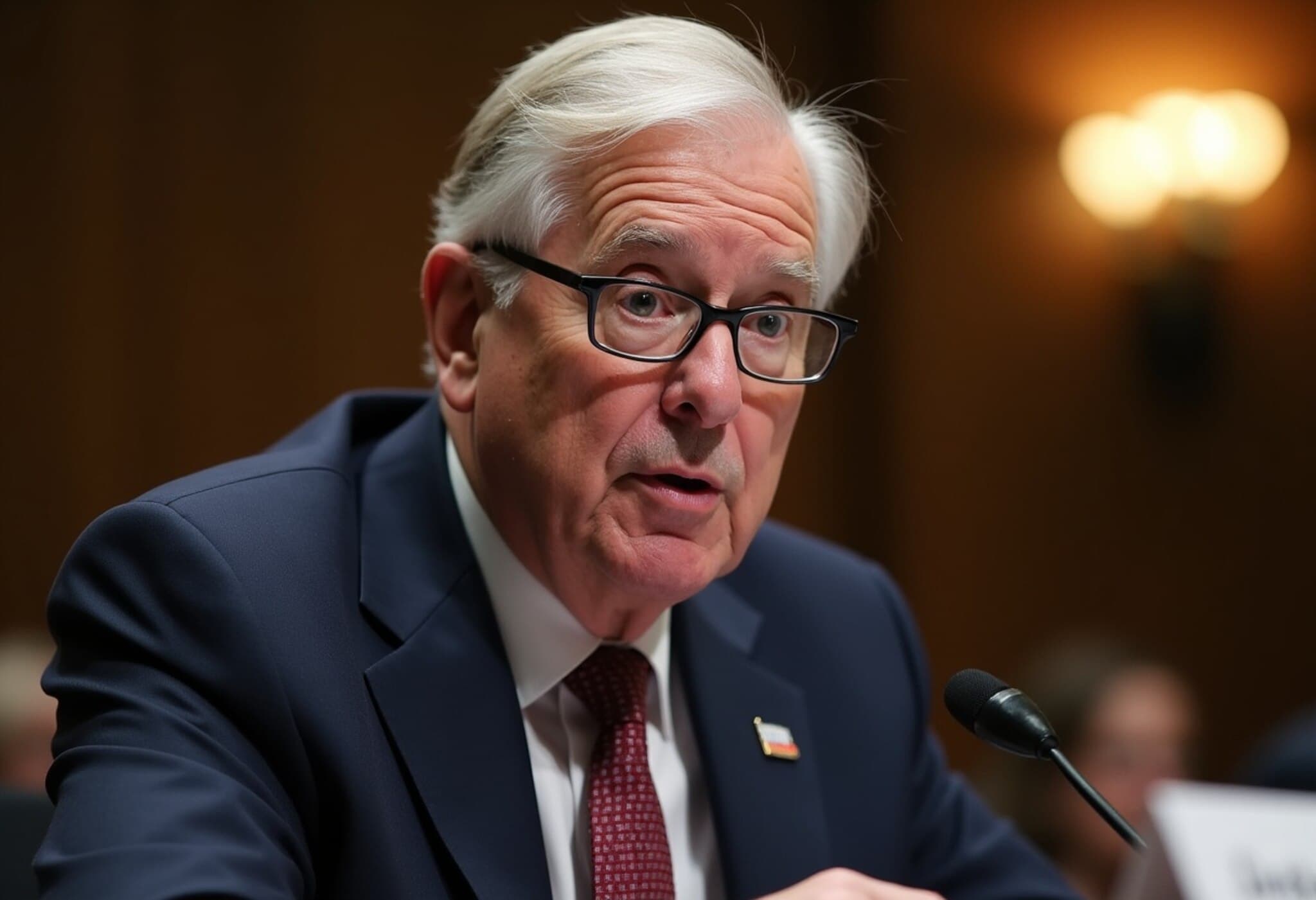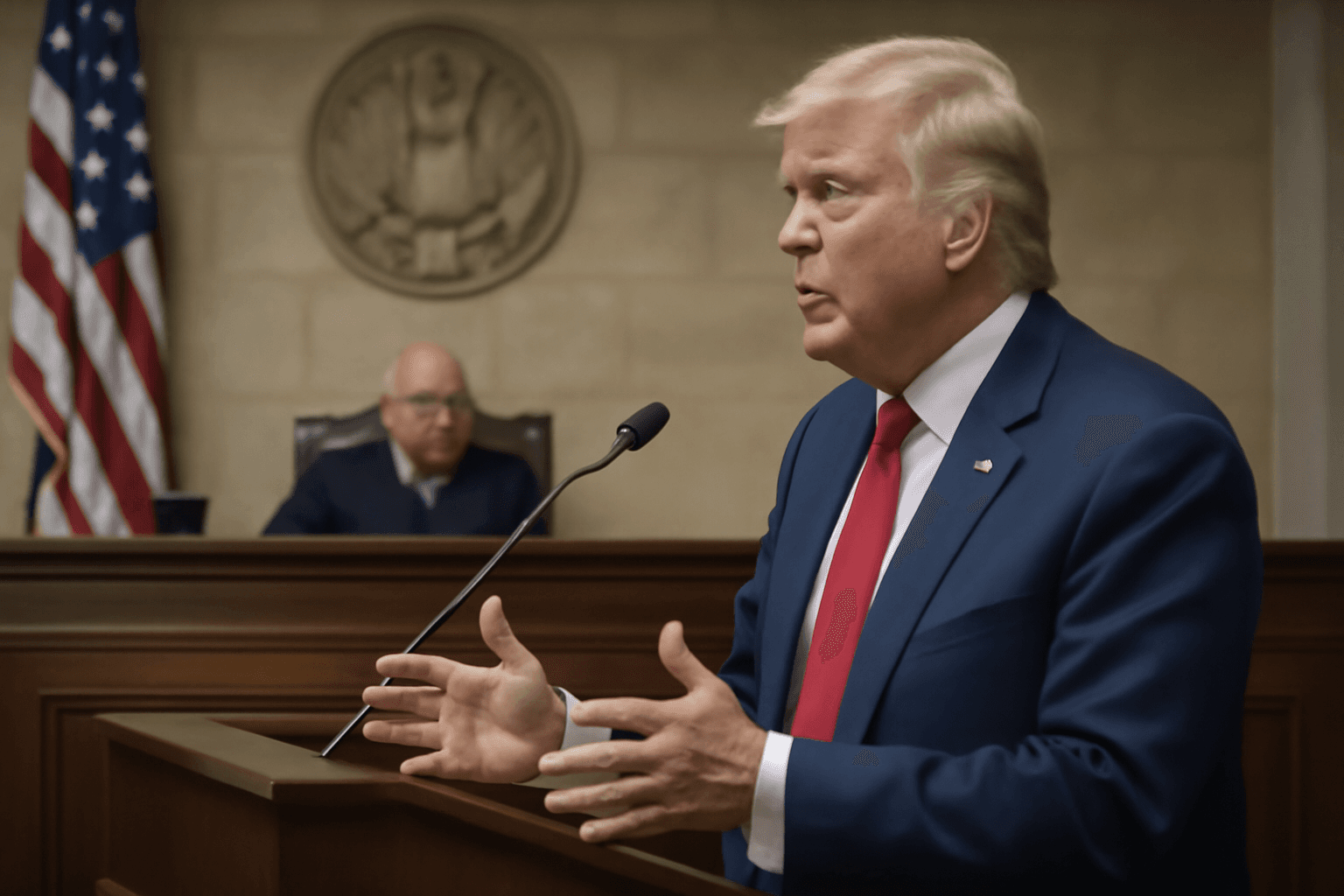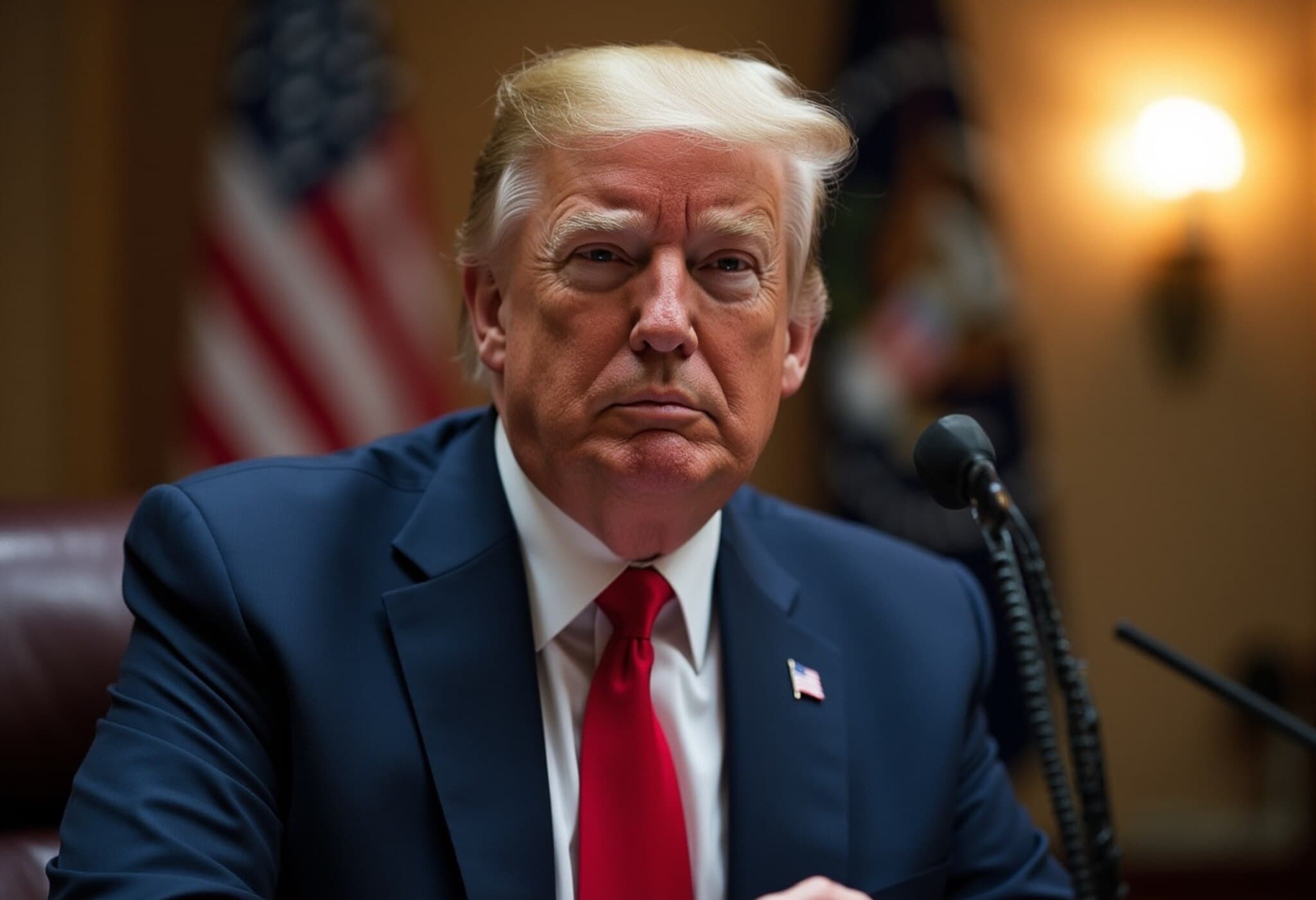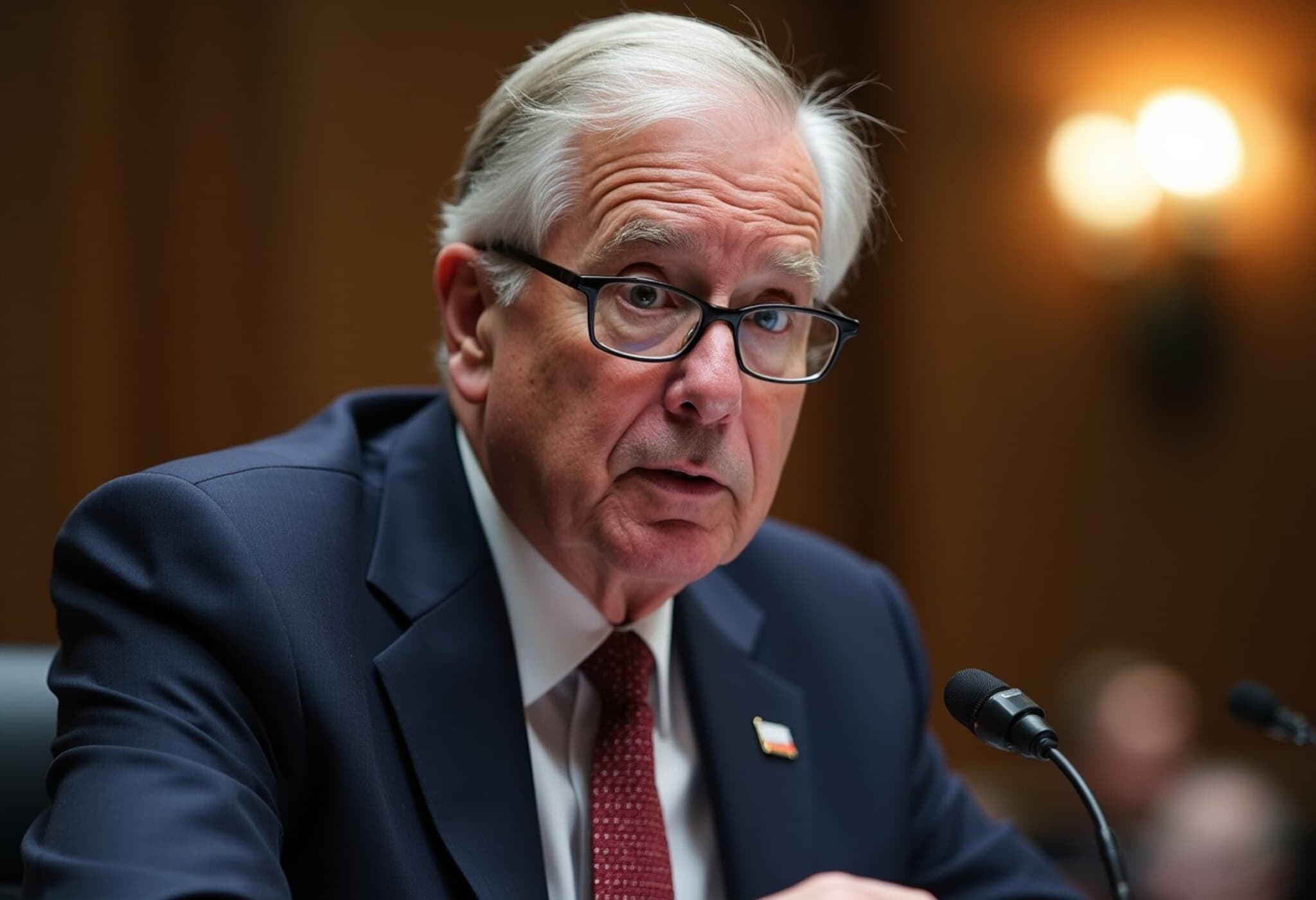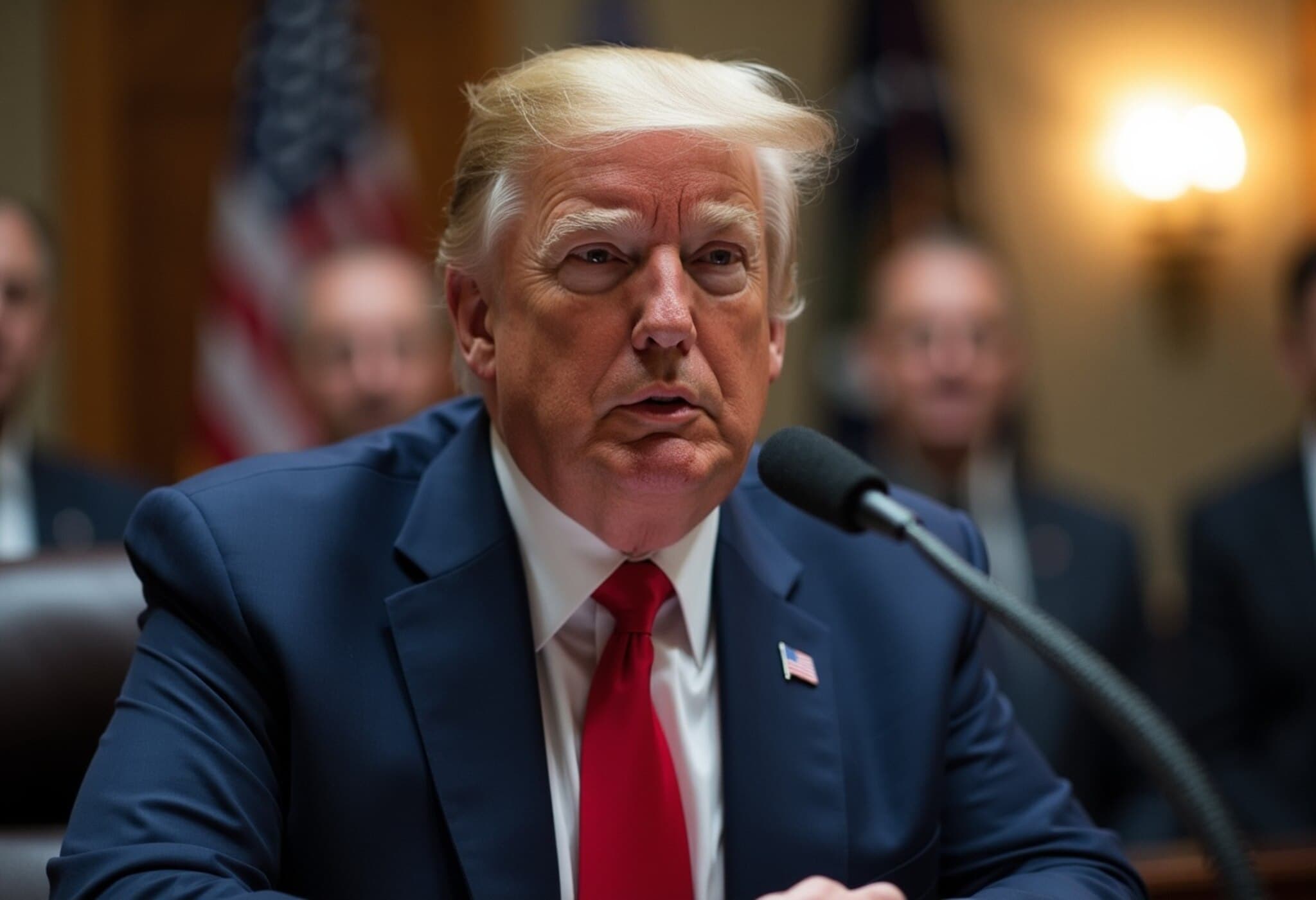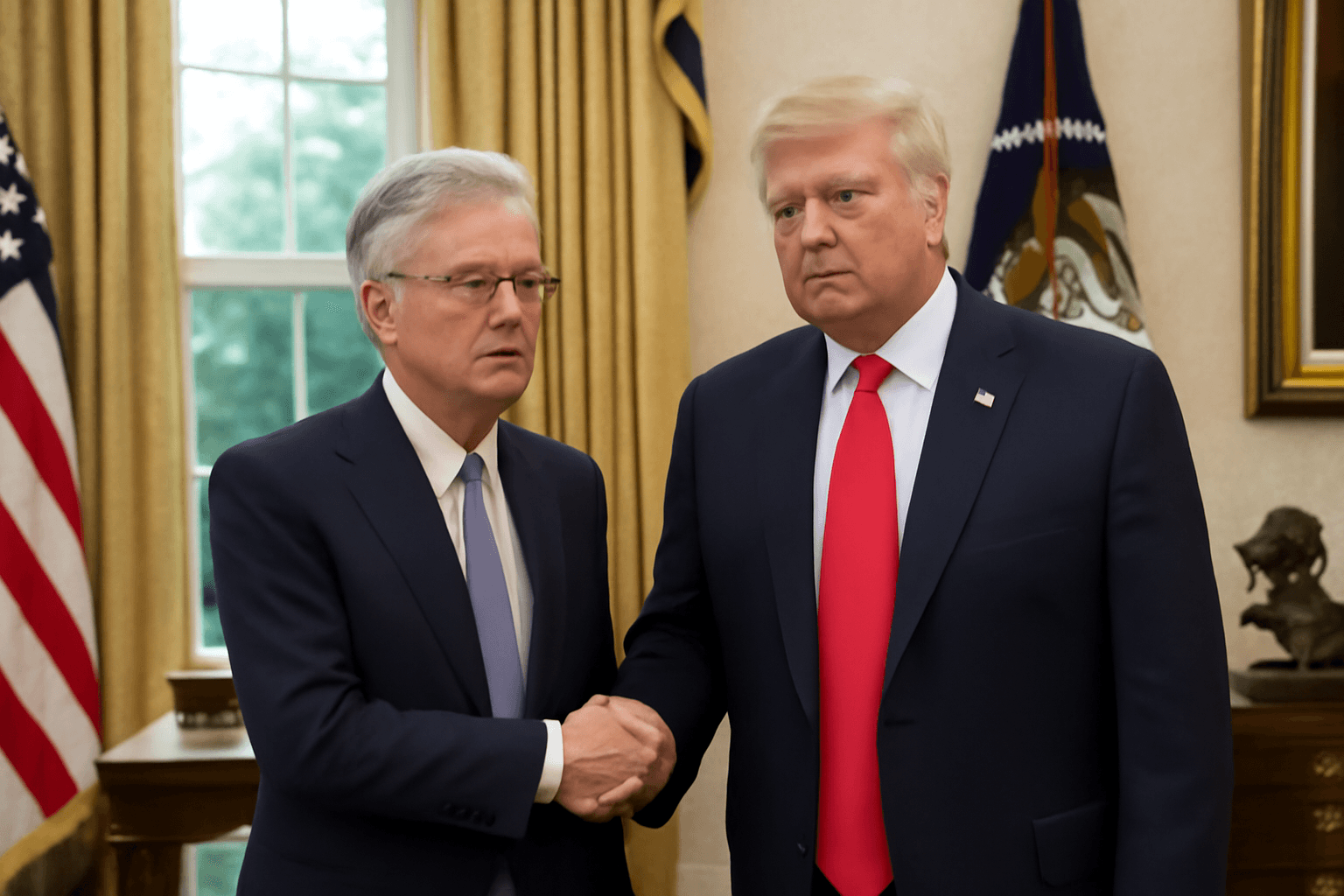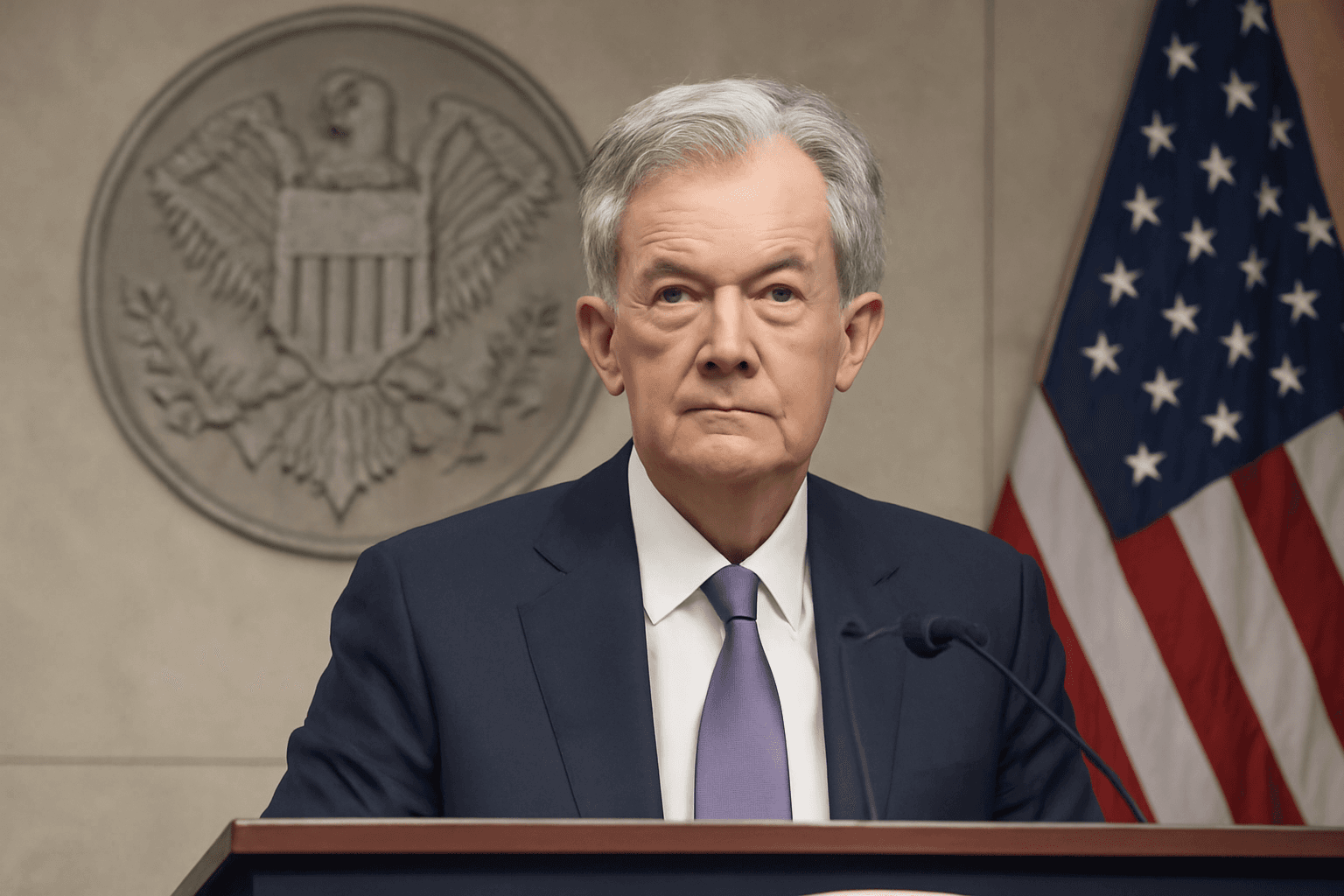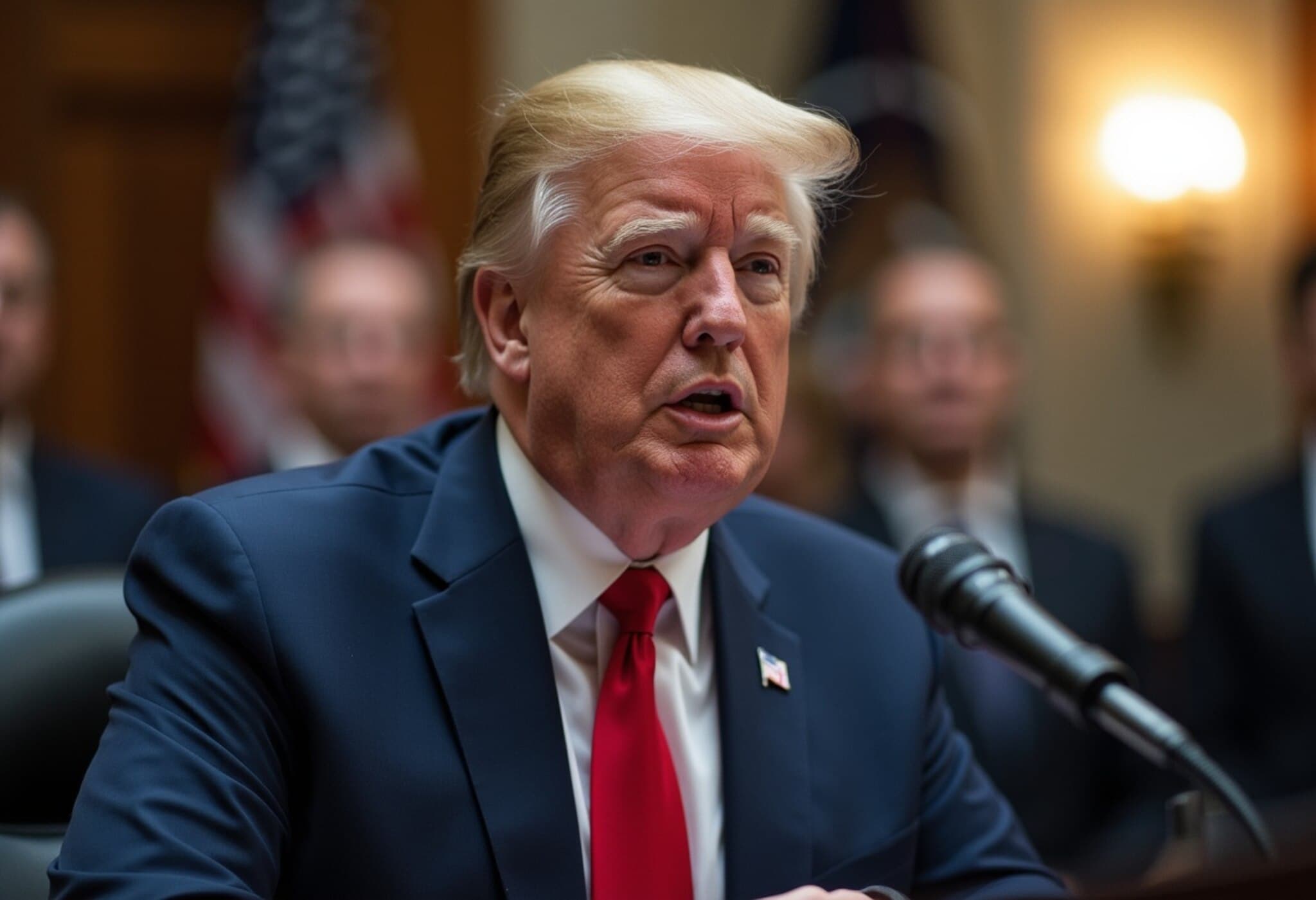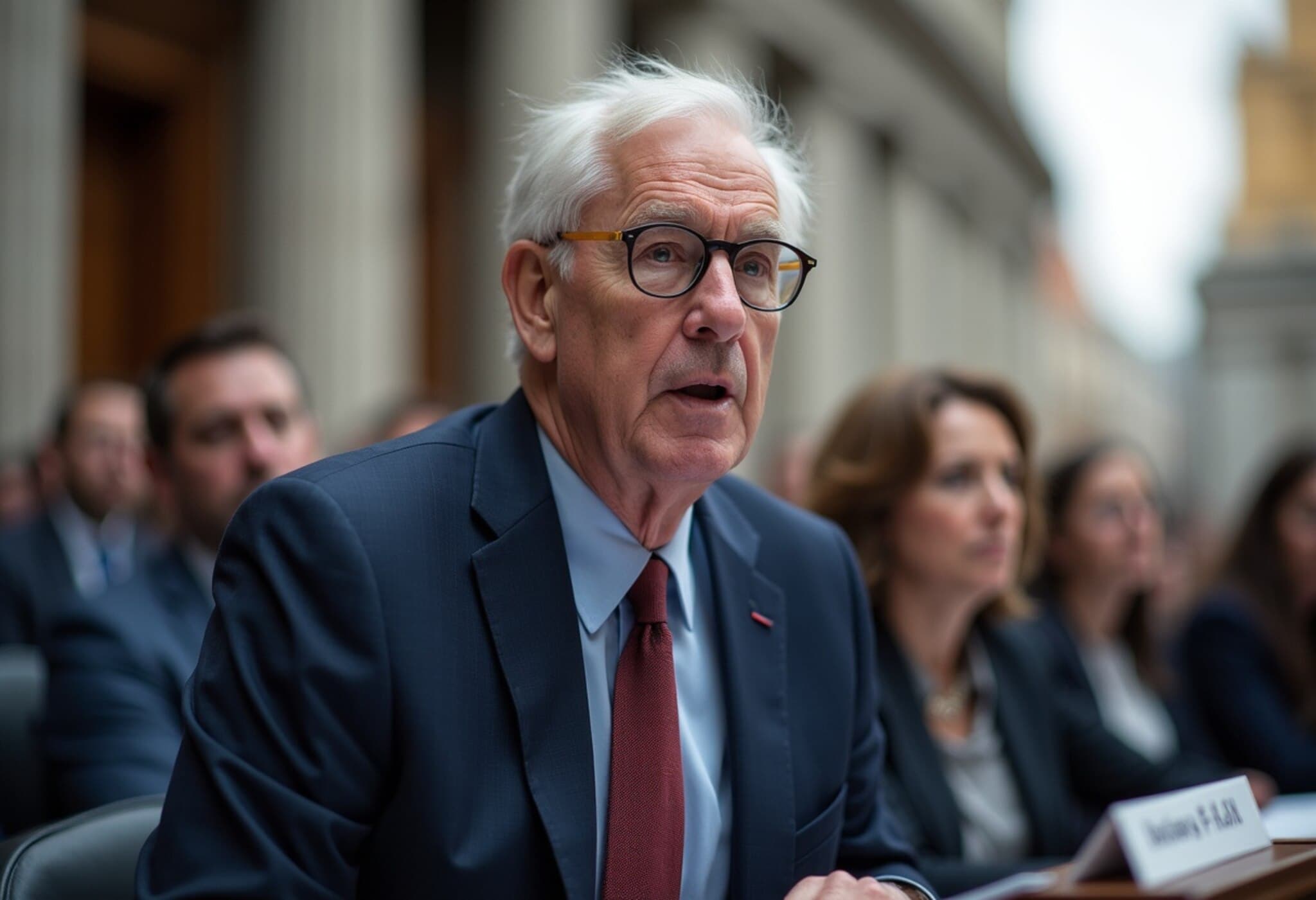Powell Stands Firm as Trump Demands Swift Interest Rate Cuts
Federal Reserve Chairman Jerome Powell has reiterated a cautious approach to interest rate decisions, signaling that the central bank will observe economic trends before making any moves to lower borrowing costs. This stance comes amid mounting pressure from former President Donald Trump, who has been vocal in urging immediate rate cuts to stimulate the economy.
Capitol Hill Grilling Looms for Powell
Powell is set to face a challenging two-day testimony before the House Financial Services Committee, a moment that could test his position amid political tensions. Historically, Powell has received subdued criticism during congressional appearances, often pointing to strong legislative support as a buffer against President Trump's repeated attacks. However, ongoing assaults from Trump may strain that backing.
Trump’s Frustration Mounts
On the morning of Powell’s testimony, Trump again expressed sharp criticism via his social media platform, calling for congressional intervention and decrying what he terms "incompetence" in Fed leadership, hinting at long-term costs to the nation.
Economic Context and Inflation Concerns
In his prepared remarks to Congress, Powell highlighted the uncertainty surrounding the impact of recent tariff increases on prices and economic growth. He acknowledged tariffs could either cause a temporary inflation spike or more persistent inflation, emphasizing the Fed’s critical role in preventing isolated price hikes from escalating into a broader inflation problem.
The Fed’s Dilemma
The Fed's 19-member committee, chaired by Powell, is tasked with adjusting interest rates to balance economic growth and inflation control. Typically, rates rise to temper inflation and fall to stimulate borrowing during slower growth. Last week, the committee unanimously held rates steady but revealed divergent views on the timing and likelihood of future cuts—seven members expect none this year, while ten anticipate at least two reductions.
Internal Divisions and Political Pressure
Although Powell indicated rate cuts might not come until September, two prominent Fed governors appointed by Trump have openly suggested a July cut is possible. Christopher Waller and Michelle Bowman’s comments add complexity to the Fed’s unified front, especially as Waller is considered a potential successor to Powell when his term ends next year.
Federal Reserve Independence vs. Political Demands
Trump argues that cutting rates would reduce borrowing costs for the federal government amid its large debt. However, Fed officials have maintained that fiscal concerns are not within their mandate; their focus remains squarely on the economy’s overall health and inflationary pressures.
Waller emphasized this distinction in a recent interview, stating it is Congress and the White House that must address the budget deficit, not the Fed.
Comparing Global Central Banks and the Tariff Impact
Trump has highlighted rate cuts by the European Central Bank (ECB) as a contrast to the Fed’s cautious stance. While the ECB lowered rates eight times in the past year, the Fed reduced rates three times last year before pausing due to tariff-induced uncertainty.
Since then, the Fed has withheld further easing, concerned tariffs could fuel inflation. Trump’s tariffs include a 10% duty on all imports, plus higher levies on Chinese goods, steel, aluminum, and automobiles.
Inflation Eases Despite Tariffs
Contrary to widespread worries, inflation metrics have softened recently. The Consumer Price Index rose only 0.1% from April to May, with overall annual inflation inching up slightly to 2.4% in May. Increases in goods prices were offset by declines in service costs like airfare and hotels, suggesting tariffs have yet to trigger broad inflationary pressures.
Looking Ahead
As Powell navigates a politically charged climate and carefully monitors economic indicators, the Fed’s decision on interest rates will be under heightened scrutiny. The delicate balance between supporting growth and curbing inflation remains at the core of its policy strategy.

